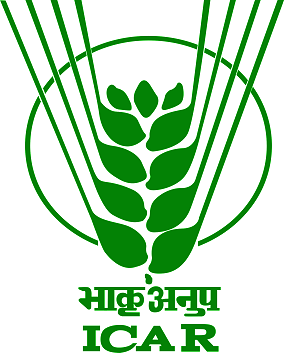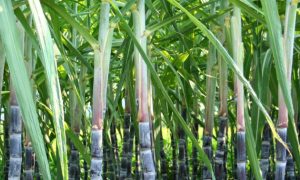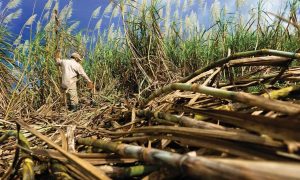ICAR’s wheat research centre advises farmers to keep vigil on pests as sowing ends

The Indian Council of Agricultural Research (ICAR) has advised wheat farmers to monitor crops for yellow and brown rust infections, especially after recent rains in northern India. Farmers should apply 40 kg of urea per acre, irrigate if needed, and manage weeds with recommended herbicides. For rust, fungicides like Propiconazole and Tebuconazole should be used. Proper nitrogen application and irrigation management are key.
As wheat sowing has been completed now, the current favourable weather conditions are supporting its vegetative growth and tillering. But, farmers have been advised by Indian Council of Agricultural Research (ICAR) to regularly monitor the crop for yellow rust and brown rust infections. In an advisory issued (for Jan 16-31 period) by the Karnal-based Indian Institute of Wheat and Barley Research (IIWBR), an ICAR arm, its Director Ratan Tiwari has said that considering the recent rainfall received in northern India, farmers should apply urea dose at 40 kg per acre to ensure good growth of the crop. “In those areas where there is no rainfall, light irrigation maybe applied if soil is not having sufficient moisture to protect the crop from frost damage,” he said in the advisory. Farmers have been asked to carry out proper weed management now. But he has cautioned farmers against putting excess water and avoid irrigation if there is a forecast of rain.
Also, he has suggested farmers not use excessive nitrogen (urea) if there is yellowing in the crop and the application of urea in fog or cloudy conditions should be avoided. “Apply urea just before irrigation for better results,” he said.
“Regularly monitor the crop for yellow rust and brown rust infections and consult nearby institute or State Agriculture University or Krishi Vigyan Kendra (KVK).
Herbicides usage
On weed management (Herbicide Spray), the IIWBR advisory said that Clodinafop 15 WP at 160 gm per acre or Pinoxaden 5 EC at 400 ml per acre may be applied to control narrow leaf weeds in wheat. But, to control broad leaf weeds, farmers need to spray 2,4-D E 500 ml/acre or metsulfuron 20 WP at 8 grams per acre or carfentrazone 40 DF at 20 gm/acre. If there are both narrow and broad leaf weeds, use of Sulfosulfuron 75 WG at 13.5 gm/acre or Sulfosulfuron+Metsulfuron 80 WG at 16 gm/acre in 120-150 litres of water before the first irrigation or 10-15 days after irrigation has been recommended. On possible infestation of Yellow Rust and Brown Rust, IIWBR has asked farmers to visit their crop regularly for observing stripe rust incidence in view of the favourable humid weather for rust. If there is confirmation of pests, one spray of Propiconazole 25EC at 0.1 per cent or Tebuconazole 50 per cent and Trifloxystrobin 25 per cent WG at 0.06 per cent be applied at the infected area to avoid its further spread. Farmers, who have applied one type of fungicide last year, are advised to apply an alternate recommended fungicide this year.
To read more about Wheat News continue reading Agriinsite.com
Source : The Hindu Business line

















